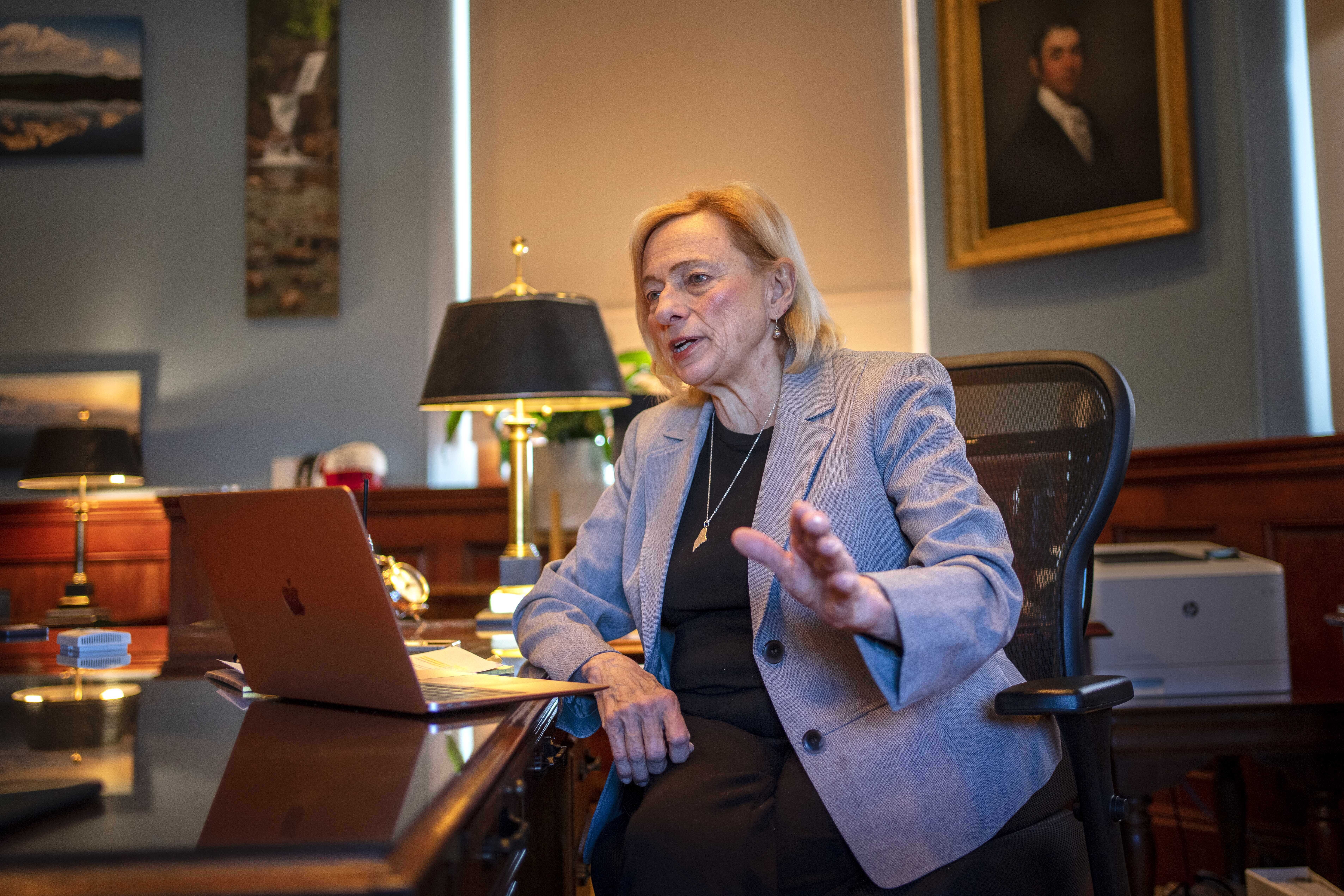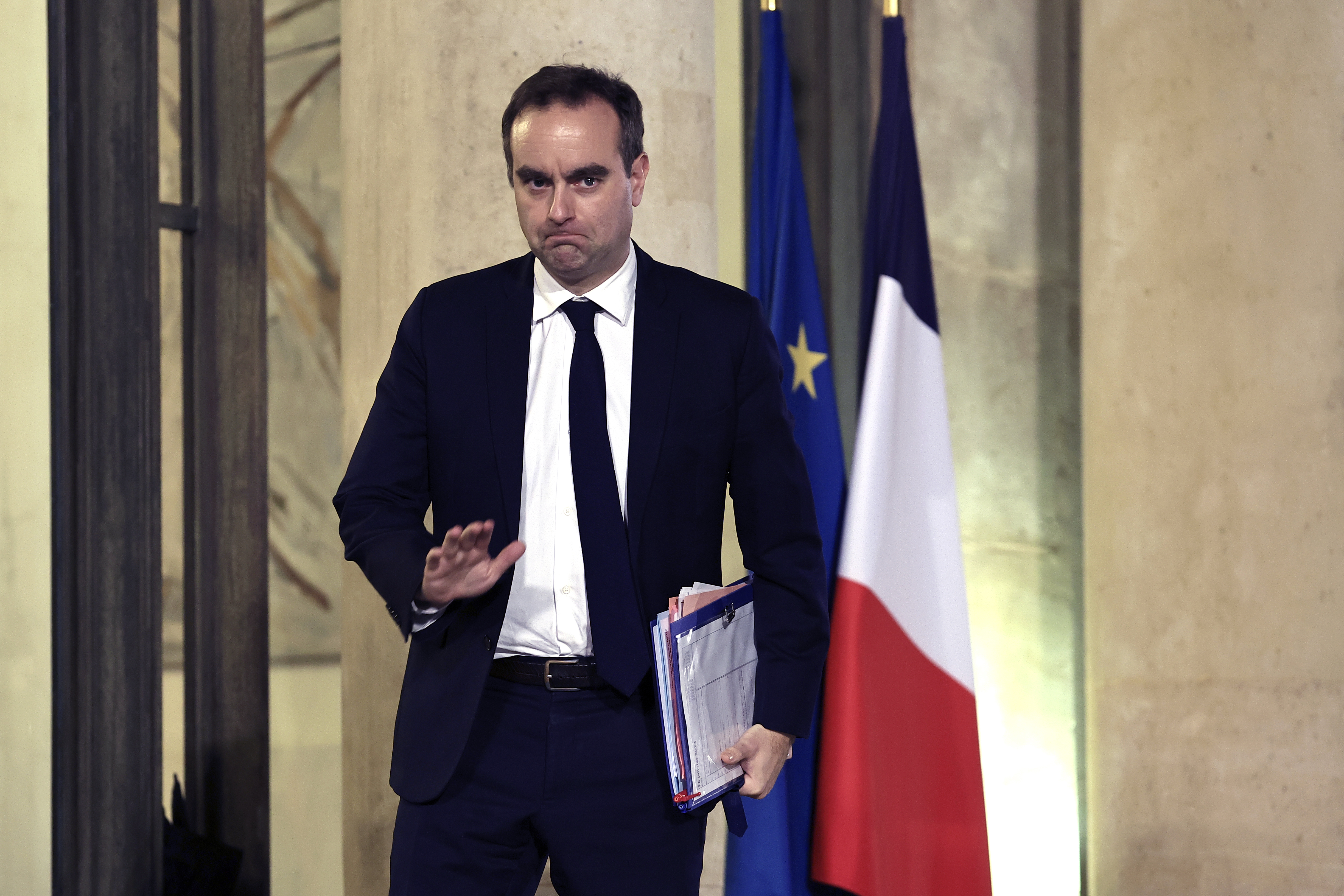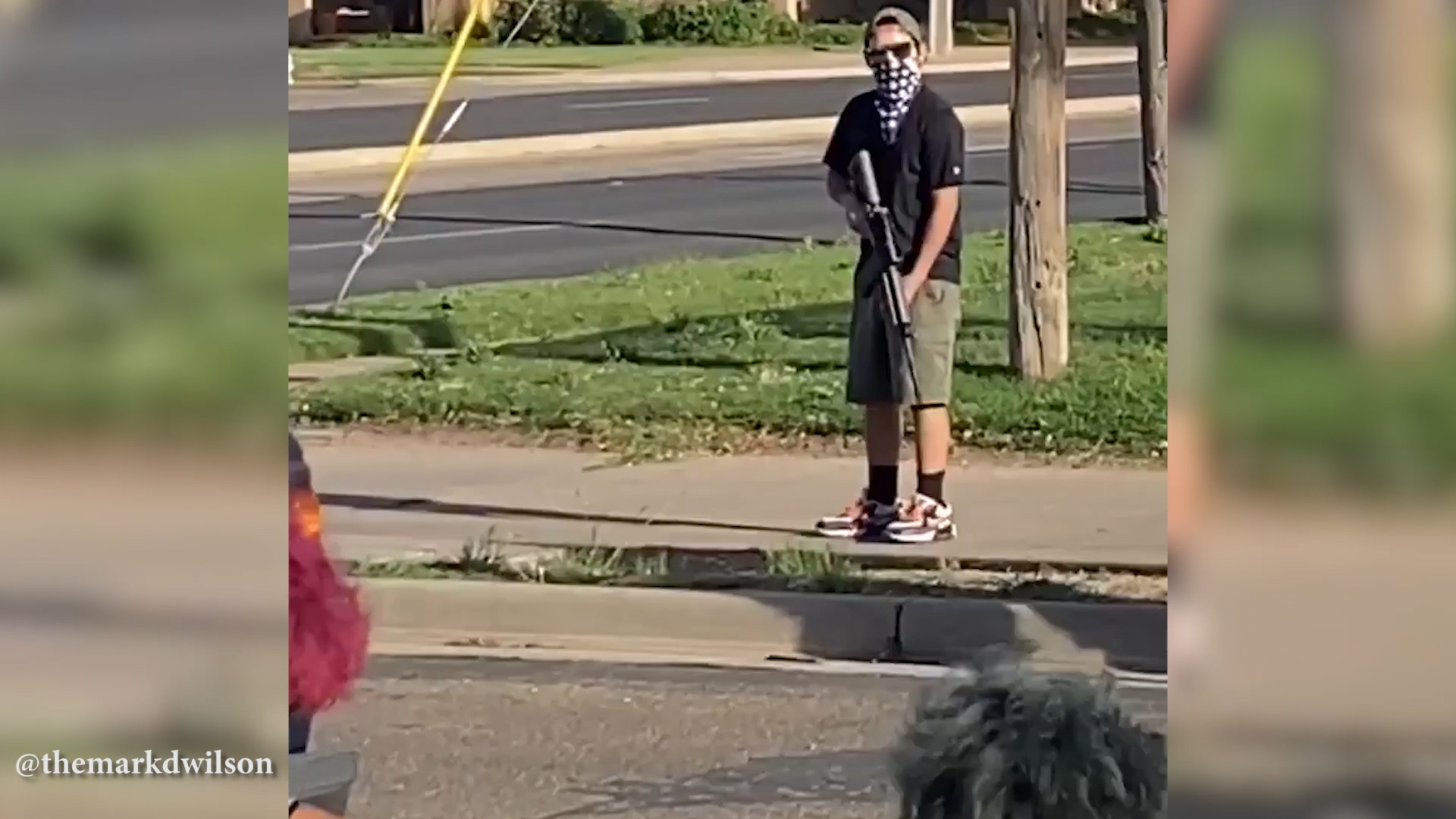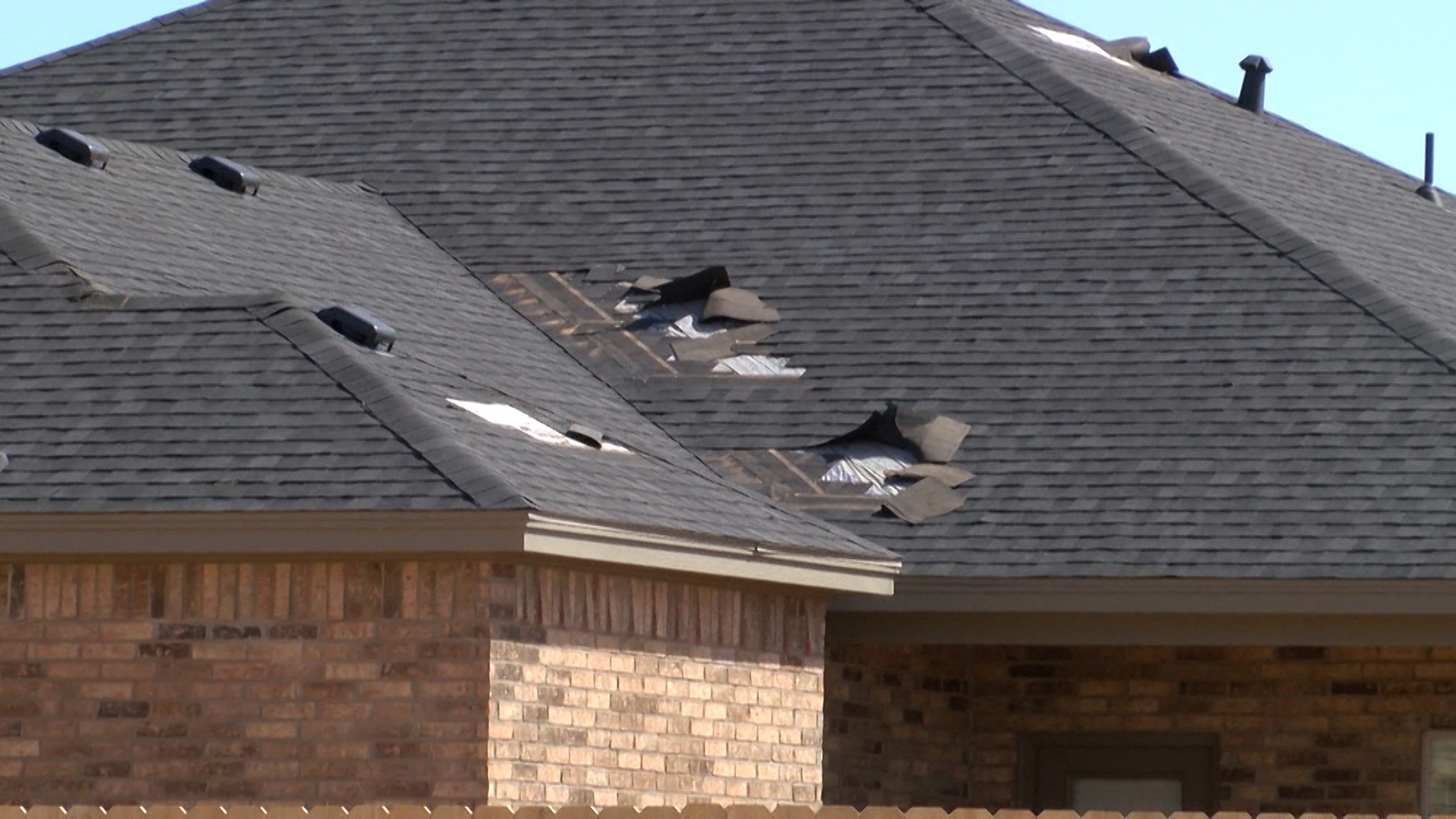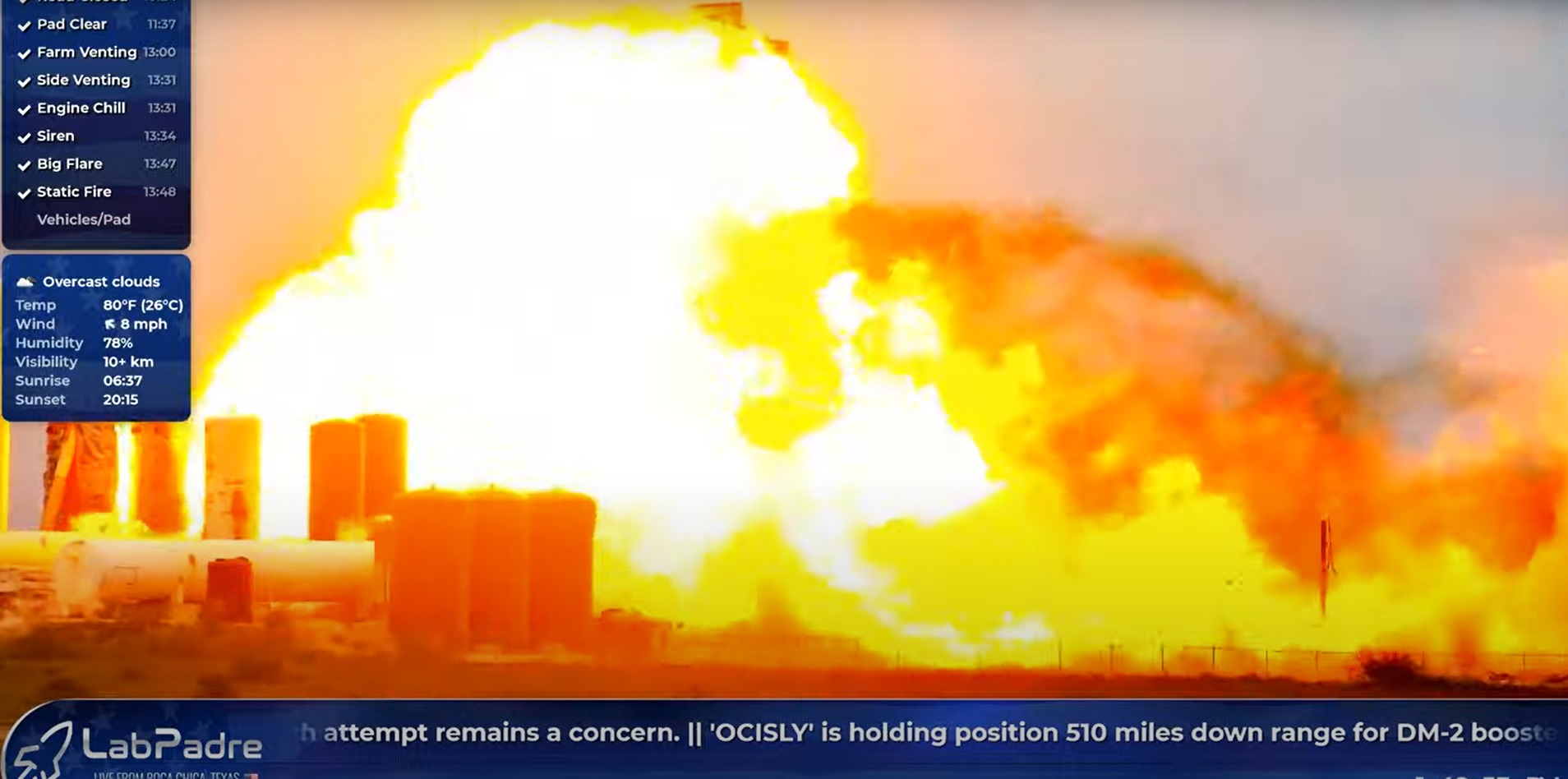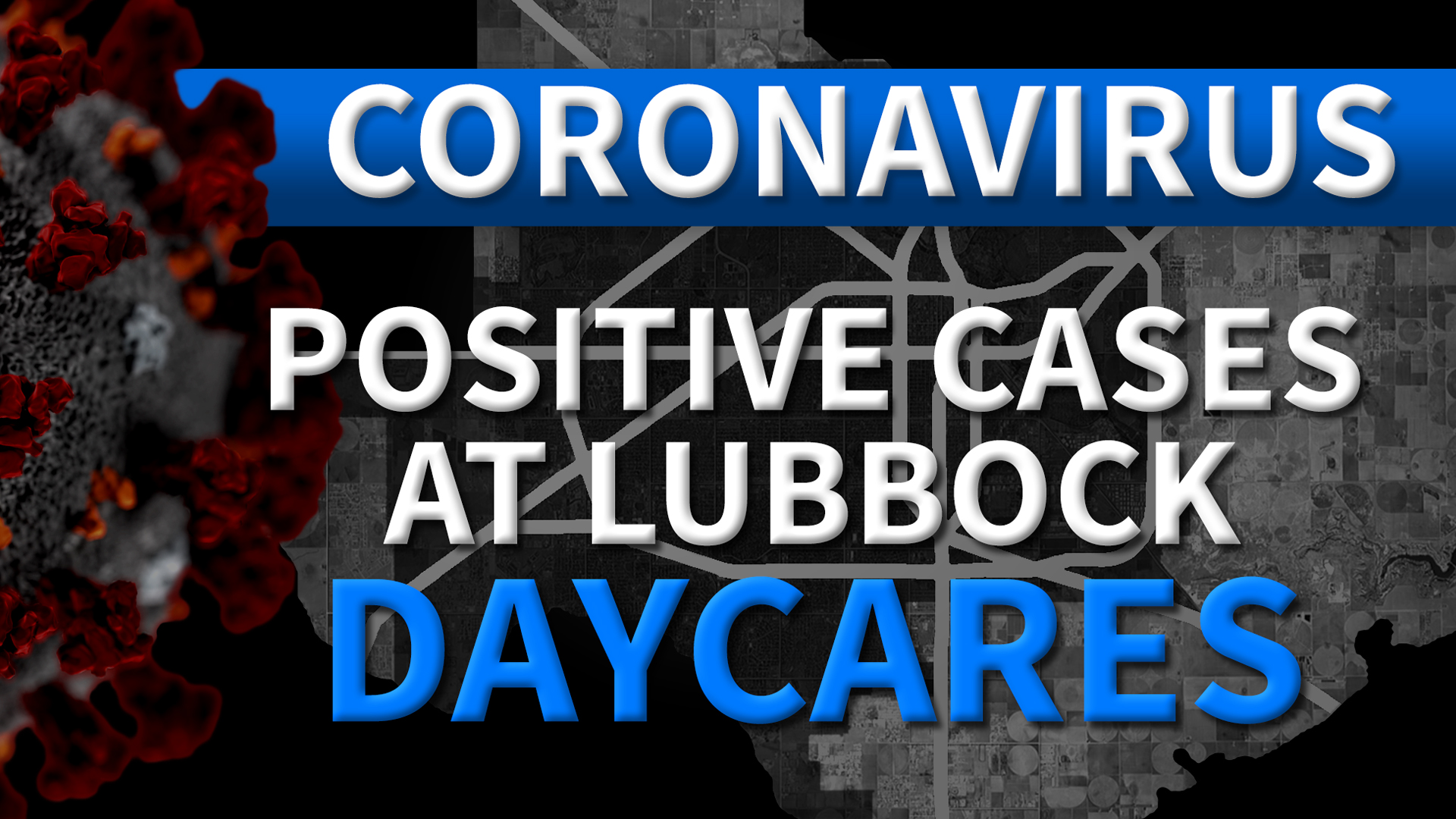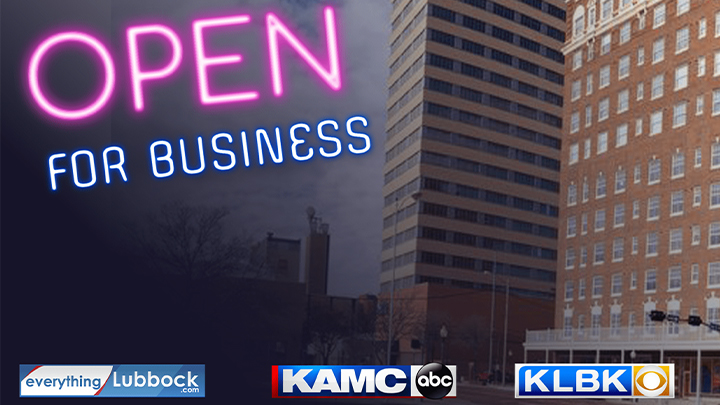McALLEN, Texas (Border Report) — The Mexican border state of Tamaulipas has implemented strict precautionary measures to prevent further spread of COVID-19 during a recent spike in cases, an adviser to the governor told Border Report on Wednesday.
Francisco Galvan, a representative from the Texas Tamaulipas Trade Office and an adviser to Tamaulipas Gov. Francisco García Cabeza de Vaca said in a telephone interview that Tamaulipas officials are restricting vehicles by license plate numbers, ordering facial coverings and other measures to flatten the curve of escalating cases.
To reduce traffic from the United States, Tamaulipas is restricting cars from crossing at international bridges depending on the day and on what number the license plates end. The license plate restrictions will not be enforced on weekends, but during weekdays will prevent cars with the following last digits from entering Tamaulipas:
- Mondays: 0-1
- Tuesdays: 2-3
- Wednesdays: 4-5
- Thursdays: 6-7
- Fridays: 8-9
Tamaulipas also has imposed the following restrictions, which are checked by agents at international bridges:
- No more than three people are allowed in a car.
- Families are not allowed out in groups.
- Facial coverings must be worn in all public spaces and on public transportation.
- Pregnant women and people over age 70 are not allowed in public areas.
- Social distancing must be practiced
The stricter measures were put in place after Cameron County Judge Eddie Trevino Jr., across the Rio Grande from Matamoros, announced Friday that the South Texas county was reopening its public beaches and lessening restrictions, Galvan said. Beaches opened on Saturday but to exercisers only who must wear facial coverings and practice social distancing.
Read a Border Report story on South Padre Island beaches reopening.
“After Trevino’s press conference announcing they are easing up on certain areas on beaches, we on the other side on Tamaulipas started to tighten our regulations because our curve is starting to peak,” Galvan said. “That’s why the governor started making mandatory wearing of face masks and vehicle license plates rules.”
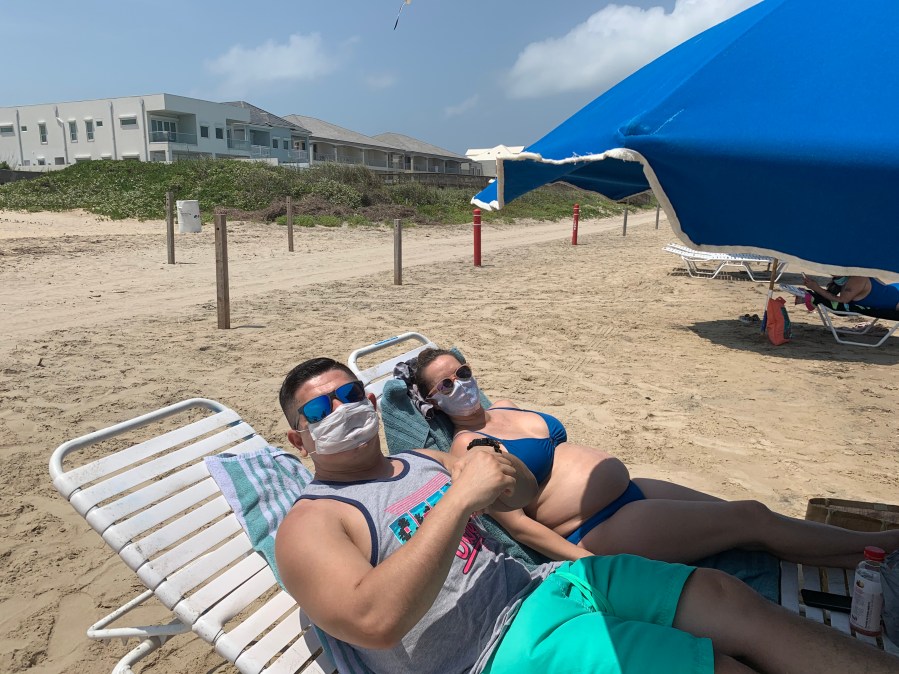
As of Tuesday, the Secretary of Health of Tamaulipas Gloria de Jesús Molina Gamboa reported there were a total of 444 cases in the entire state of Tamaulipas and 19 deaths, including 15 more positive cases in the state on Tuesday afternoon, and one death Tuesday in the border city of Reynosa, across from McAllen, Texas.
Since the worldwide pandemic began, Mexican officials have largely been criticized for under-testing and under-reporting the number of COVID-19 cases, especially in a state as big as Tamaulipas — which has over 200 border miles from of Brownsville to Laredo.
The city of Nuevo Laredo, across from Laredo, has had 36 cases and three deaths from coronavirus, Galvan said. That is far fewer than the 358 cases and 16 deaths confirmed so far in Laredo and Webb County.
Matamoros, across from Brownsville, reports 64 cases and four deaths, while Cameron County officials report they have had 387 cases and 16 deaths, all from two nursing homes in the town of Harlingen. Cameron County officials late Tuesday announced two more deaths of two women ages 79 and 81 from the Veranda Nursing Home and Windsor Atrium nursing home.
Galvan admitted that testing is limited in Mexico, and he said the state is just starting to hit its peak of numbers, just as Texas’ governor announced starting Friday that restrictions will be lifted somewhat statewide. This includes allowing restaurants, museums, libraries and retailers to re-open.
“The concern on the Mexican side is as Texas starts to lift the restrictions then more people will start going out and then more people will be crossing into Matamoros, Nuevo Laredo or Reynosa to take advantage of the devaluation of peso and buy groceries on other side, which is fine but they need to be safe,” Galvan said. “Tamaulipas is getting tougher with restrictions and Texas is getting looser, so we’re going in opposite ways.”
Visit BorderReport.com for the latest exclusive stories and breaking news about issues along the United States-Mexico border.




